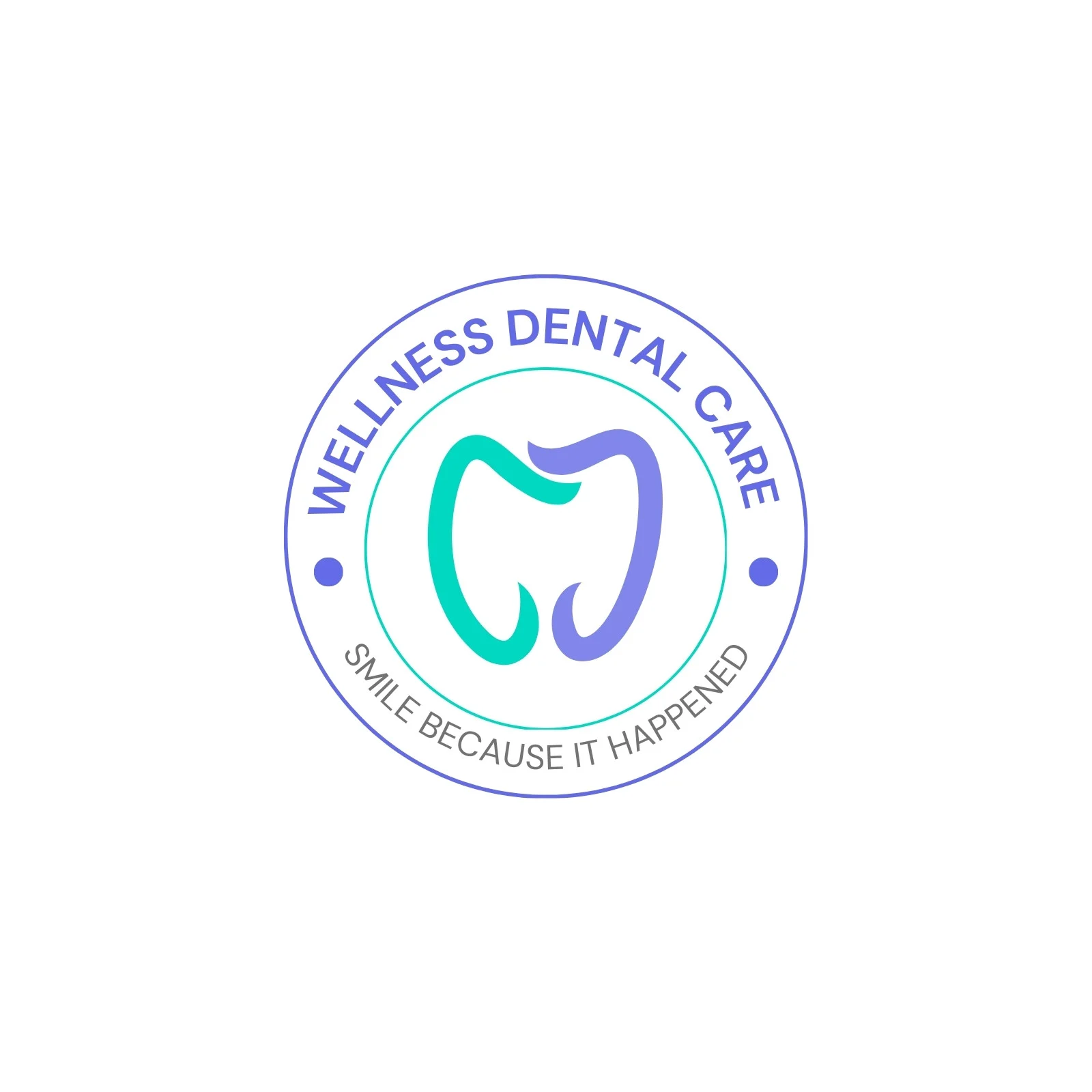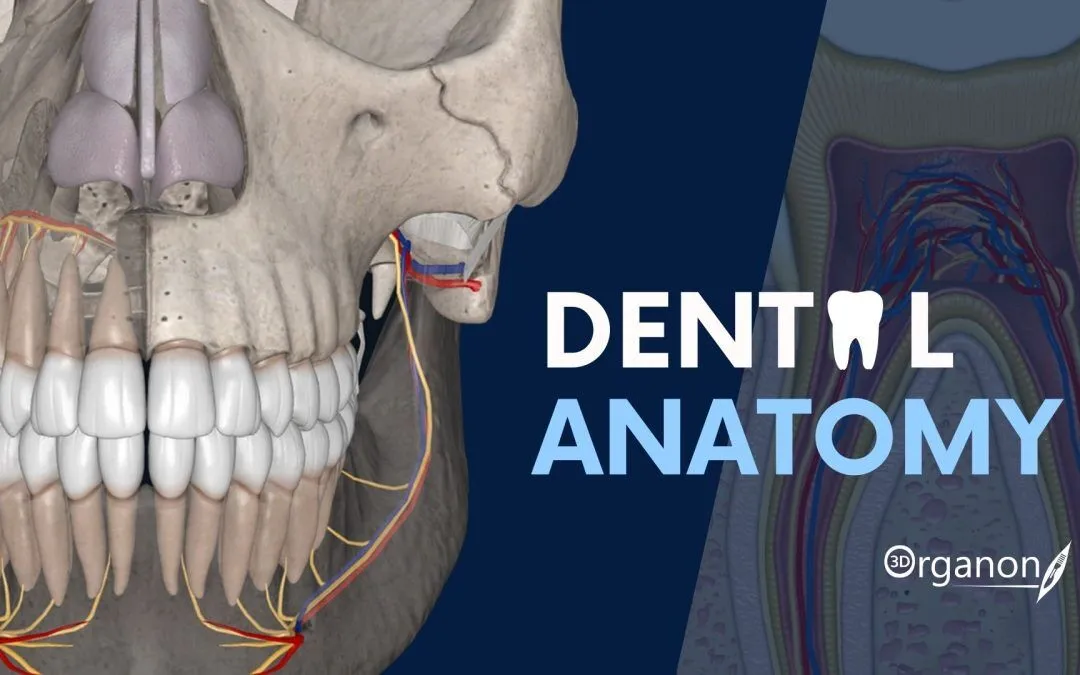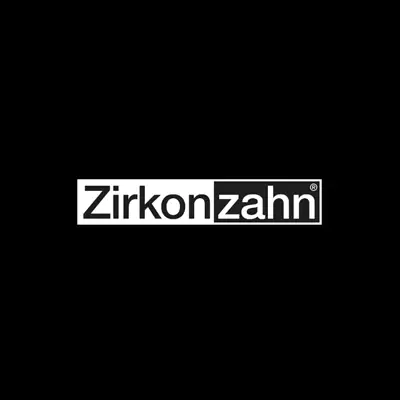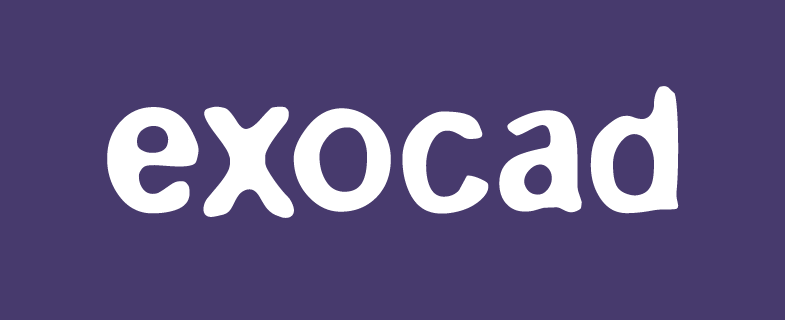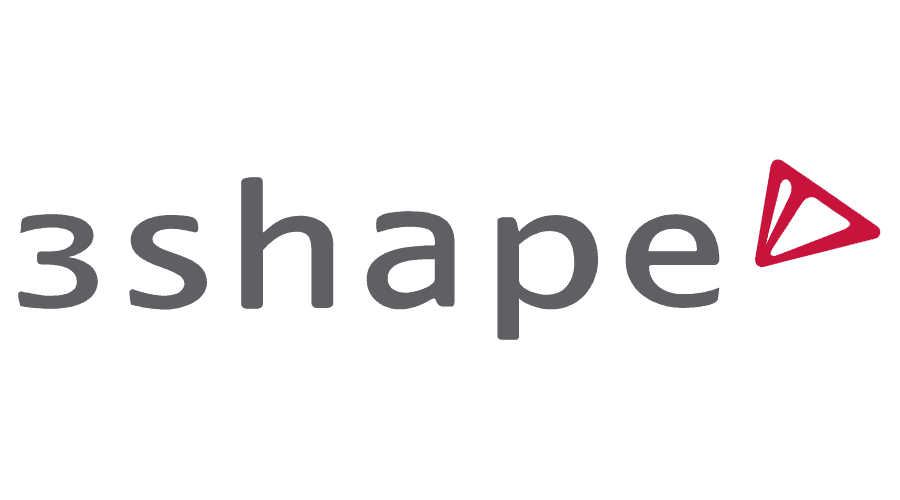JDicom — portable DICOM viewer adapted for dental use
Context
JDicom is a small but surprisingly versatile imaging tool written in Java. It wasn’t created just for dentistry, yet it often shows up in dental clinics and classrooms because it does one thing well: it opens and displays DICOM studies without requiring a full PACS system. Whether it’s panoramic images, intraoral x-rays, or a cone-beam CT export, JDicom runs on almost any machine with a Java runtime. That portability makes it practical in places where licensing or infrastructure are limited, such as teaching labs or mobile outreach projects.
Technical Profile
| Area | Details |
| Platform | Java application; works on Windows, Linux, and macOS with JRE installed. |
| Dental focus | Handles standard dental DICOM files (x-rays, panoramic, CBCT). Provides measurements, annotations, and exports. |
| Core modules | Study browser, image viewer, anonymization functions, export to JPEG/PNG, basic measurement tools. |
| Interop | Opens files from local storage, discs, USB drives; can query PACS servers with standard calls. |
| Imaging | Supports grayscale dental x-rays; limited 3D views for CBCT scans. |
| Security | Local-only by design; includes anonymization for teaching and research sets. |
| Multisite | Not a server — works as a viewer installed on individual workstations. |
| Backup/DR | No internal database; relies on external PACS or filesystem backups. |
| Licensing | Distributed under GPL/LGPL depending on build version. |
Scenarios in practice
– In a dental school lab, JDicom is pre-installed on student PCs so anonymized panoramic cases can be reviewed during coursework.
– A clinic with an existing PACS keeps JDicom as a fallback viewer — handy when the main software is tied up with other workstations.
– An NGO mobile team loads it on laptops, using it to review x-rays on the road before syncing files back at headquarters.
Workflow (admin view)
1. Install a Java runtime on the workstation.
2. Launch the JDicom JAR or installer package.
3. Point the application to a folder with DICOM exports or connect it to a PACS.
4. Test with dental x-rays and CBCT scans; enable optional 3D modules if needed.
5. Configure anonymization templates for research or teaching.
6. Train staff on exporting selected frames as JPEG/PNG for reports or records.
7. If used in a networked setup, integrate with a lightweight PACS such as Orthanc.
Strengths / Weak Points
Strengths
– Runs anywhere Java is available — no OS lock-in.
– Free, open, and easy to distribute in teaching settings.
– Includes anonymization utilities for academic and research use.
– Good backup option when more advanced viewers aren’t available.
Weak Points
– Functionality is modest compared to dedicated CBCT workstations.
– 3D viewing is resource-intensive and limited.
– UI feels dated, especially for everyday clinical workflows.
– Not built for enterprise PACS management.
Why It Matters
In dentistry, sometimes a full imaging suite is overkill. JDicom fills the gap by giving clinics and schools a free, cross-platform viewer that works reliably with standard DICOM sets. It doesn’t replace specialized tools, but as a portable solution for case review, training, or backup use, it has remained useful long after many other Java utilities disappeared.



